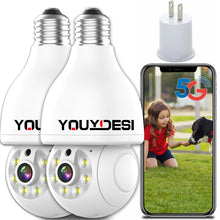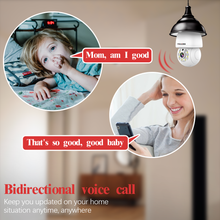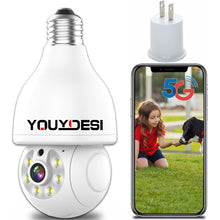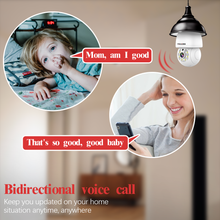Resolution: Ensure that the camera has a sufficiently high resolution to capture clear images and videos, especially for scenes where detailed identification is needed.
Infrared Night Vision: If monitoring is required at night or in low-light environments, choose a camera with infrared night vision capability to obtain clear black-and-white images.
Field of View: Select the appropriate field of view based on the size of the monitoring area and the coverage required to ensure the camera can cover the desired monitoring area.
Waterproof and Dustproof: If the camera will be used outdoors or in harsh environments, make sure it has waterproof and dustproof features to ensure the durability and stability of the device.
Network Connectivity: Ensure the camera has a stable network connection to guarantee the stability of real-time monitoring and remote access.
Smart Features: Some advanced cameras have smart features such as motion detection, facial recognition, and target tracking. Choose the relevant features according to your needs.
Brand and Reputation: Choose cameras from well-known brands, as these brands typically have a good reputation and high customer satisfaction, providing more reliable products and services.
Budget: Finally, consider your budget limitations and choose cameras that offer good value for the price within your budget.
Before selecting a camera, it's recommended to conduct market research and product comparisons, understand the features and functions of various cameras, and make a wise choice based on your needs and budget. Additionally, reading user reviews and professional evaluations can help you make better decisions.










